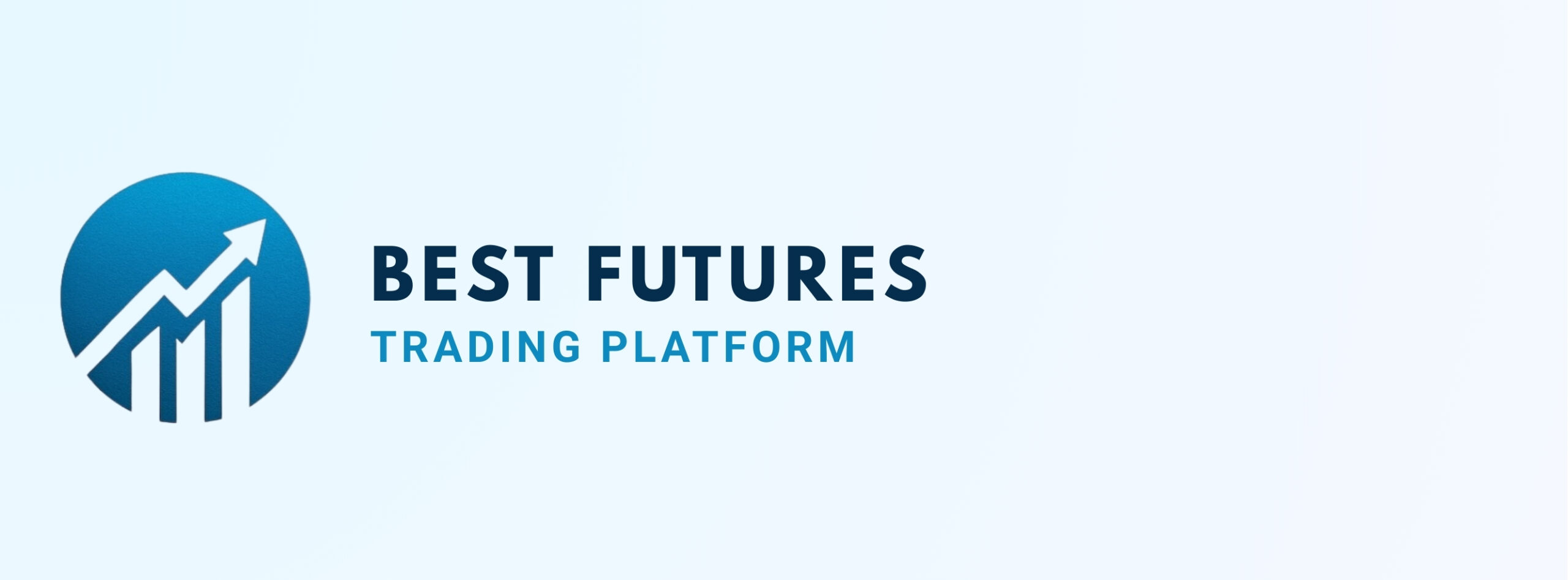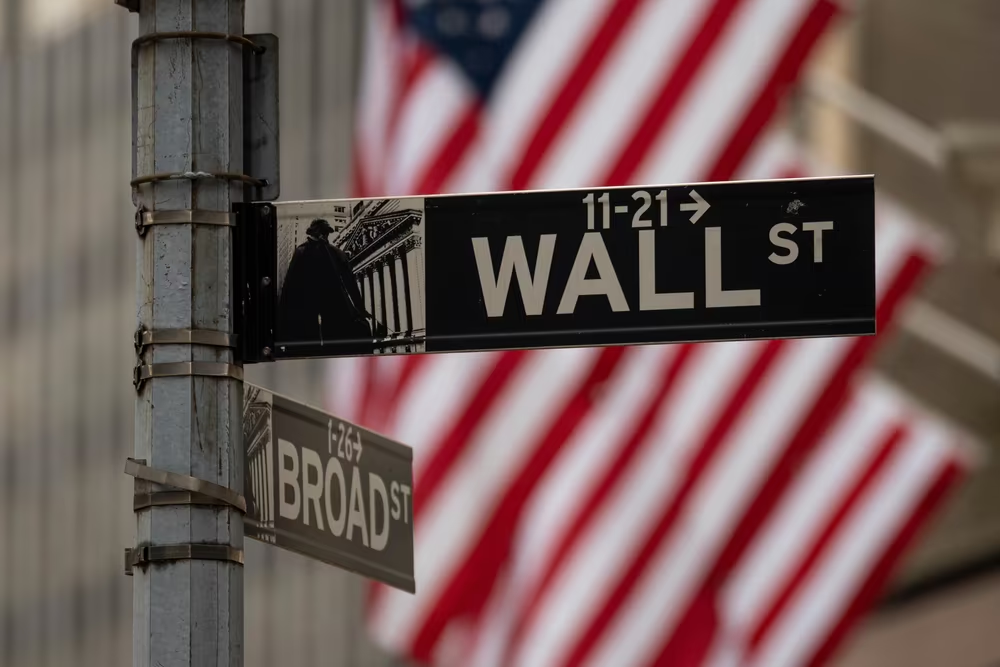Introduction
Choosing the right futures broker is one of the most important decisions a trader can make. Whether you’re executing high-frequency trades, managing a swing portfolio, or hedging with institutional capital, your futures broker plays a pivotal role in execution, risk control, and market access.
In 2025, competition among brokerage firms has intensified. Traders now choose from a range of futures brokers offering varied fee models, platform integrations, margin structures, and data access. This guide explains how to select the best futures broker for your needs — and how to avoid common pitfalls.
What Is a Futures Broker?
A futures broker is a licensed financial firm that executes futures trades on behalf of clients. Acting as the intermediary between trader and exchange (e.g., CME, ICE, Eurex), the broker provides access to routing, real-time data, margin accounts, and settlement.
Key services include:
- Order execution
- Margin lending
- Clearing and settlement
- Platform access
- Market data feeds
- Risk tools
- Customer/technical support
Top Futures Brokers in 2025 – Comparison Table
| Broker | Best For | Commission Model | Platform Access | Global Market Access |
|---|---|---|---|---|
| StoneX | Institutional execution | Tiered per contract | Professional suites | Global CME + ICE |
| Edgeclear | Pro-level scalping | Volume discounts | Jigsaw, MotiveWave | Direct FCM clearing |
| Interactive Brokers | Multi-asset trading | Fixed/tiered | TWS + API | Broad global access |
| NinjaTrader | Retail strategy traders | Low per contract | NinjaTrader native | CME, ICE |
| AMP Global | Budget-conscious traders | Deep discount | Multiple 3rd-party | CME-focused |
Key Features to Look for in a Futures Broker
1. Commissions & Fees
Transparent pricing is crucial. Some brokers charge per-contract commissions, while others offer monthly flat rates.
Example: $0.50 per side + $0.25 exchange + $0.10 clearing = $0.85/contract. High-frequency traders should seek volume-based discounts.
2. Margin Requirements
Check both initial and maintenance margins. Some brokers offer intraday discounts; others enforce stricter overnight requirements.
Example: E-mini S&P 500 (ES) = $12,000 overnight vs $500 day trade margin. See also: S&P 500 Futures – 2025 Guide
3. Platform Access
- NinjaTrader – advanced charting & automation
- TradingView – integrated charting (varies by broker)
- CQG/TT – institutional routing
- Web/Mobile – casual execution
4. Clearing & Risk Management
Solid brokers clear through reputable FCMs and provide:
- Real-time monitoring
- Risk alerts
- Auto-liquidation protections
Trader Profiles & Broker Matching
Account Types Offered
| Account Type | Description |
|---|---|
| Individual | Standard retail futures account |
| Joint | Shared account access |
| Corporate/LLC | Business or fund account |
| IRA/Roth IRA | Tax-advantaged (limited availability) |
| Trust | Estate/wealth structures |
Clearing Firm vs Broker vs Platform
- Broker – primary point of contact
- Clearing Firm (FCM) – holds funds, provides margin, clears trades
- Platform – the interface to place trades
Some brokers bundle all three; others remain modular.
How to Evaluate a Futures Broker in 2025
- Are they NFA/CFTC regulated?
- Do they integrate 3rd-party platforms?
- How fast/responsive is support?
- What are their margin call rules?
- Can they scale with your capital growth?
Related: Day Trading Futures – 2025 Guide
Sample Scenario: Choosing a Broker
| Trader type | Swing trader |
|---|---|
| Instrument | Micro E-mini Nasdaq |
| Platform | Web + mobile |
| Preferred fee | Per-contract |
| Best match | AMP Global for low-cost access |
Other Tools Offered
| Tool | Importance |
|---|---|
| Market Replay | Tick-data backtesting |
| Bracket Orders | Define risk upfront |
| OCO Orders | Linked exits |
| Paper Trading | Safe strategy testing |
| Margin Calculator | Plan exposure |
See also: Micro E-mini Futures – Beginner Guide
Glossary – Futures Broker Terms
- Clearing
- Finalizing trade settlement.
- Margin Call
- Broker demand for additional funds.
- OEC
- Legacy futures platform (historical reference).
- Reg-T Margin
- U.S. margin rules (equities); futures use SPAN/Portfolio Margin.
- PDT Rule
- Pattern Day Trader—does not apply to futures accounts.
Next Step
Compare execution fees, margin policies, and platform integrations side-by-side to find your best-fit broker.
Explore ReviewsConclusion
Your futures broker is not just an account provider — it’s a trading partner. From execution speed to margin flexibility and platform compatibility, the right broker aligns with your strategy and scale.
Test with demos or small allocations first, and reassess periodically as your capital and trading style evolve.
📍 Explore more broker insights at bestfuturestradingplatform.com/futures-broker

